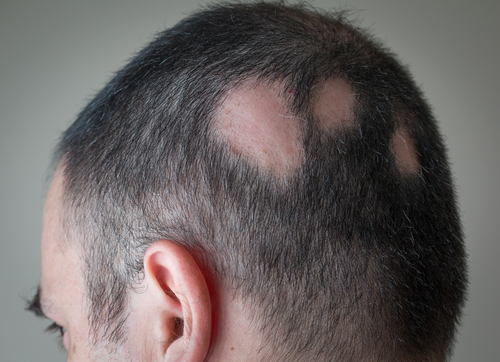Alopecia Areata (AA) is a common autoimmune disease that causes hair loss of the scalp, face, and other areas of the body. According to the National Alopecia Areata Foundation, 6.8 million individuals in the US are affected by AA. Patchy, or focal, alopecia is the most common presentation of AA and typically presents with coin-sized patches of hair loss on the scalp or elsewhere on the body. The first-line treatment for patchy AA is intralesional steroids. More recently, plasma-rich platelets (PRP) has been explored as a treatment for localized alopecia. A recent study compared intralesional steroid injections to that of PRP for the treatment of AA.
In this small study, patients were divided into the intralesional steroid (Triamcinolone 10 mg/mL) group or the autologous PRP group for the treatment of localized AA. The patients were evaluated by Severity of Alopecia Total (SALT) score and photographically every 3 weeks for 4 months. The patients were followed for a total of 6 months.
Both the intralesional steroid and the PRP treatments were found to be efficacious, though the PRP showed lesser improvement.
Of note, pain was higher in the PRP treatment group and skin atrophy was noted in a quarter of patients in the intralesional steroid group. As there is not a current standard for guidelines for PRP, it is difficult to assess the total benefit of PRP. In addition, at this time, there are no FDA approved devices for PRP preparation. Future research should focus on approved centrifugation devices and evidence-based data regarding concentration, dosing and depth of injection for PRP to add knowledge of clinical efficacy of this treatment.

